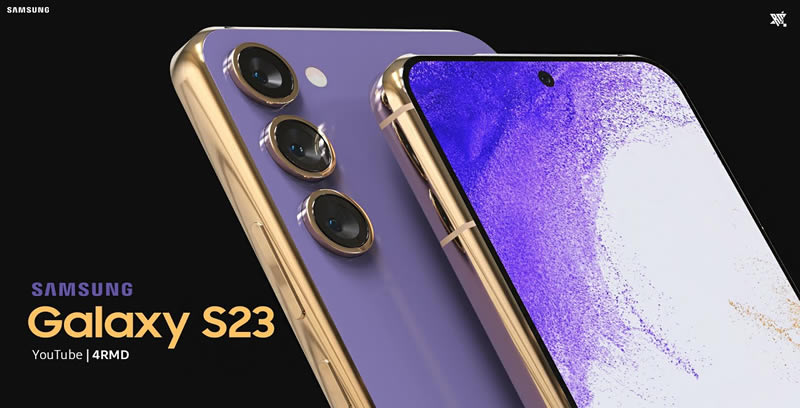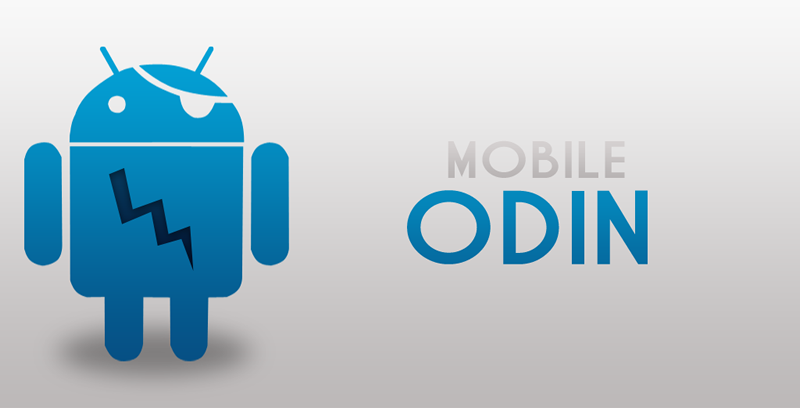Search result
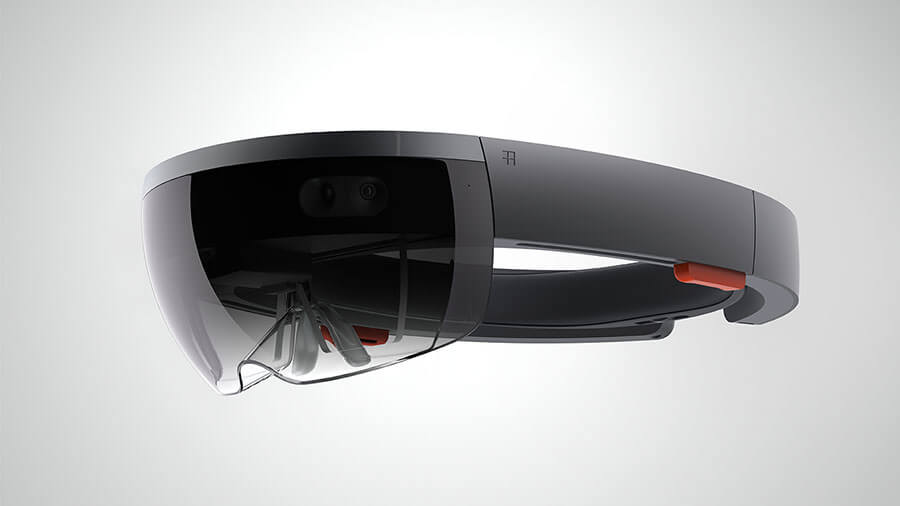
Microsoft launched its first Smart augmented reality Glass, called "HoloLens" few days ago along with Windows 10. This augmented reality kit has its own computing power, rivaling that of current laptops, and spacial sound technology for holographic processing, able to understand what you are looking at, understand your voice, and run without any wires, processing terabytes of information in real time. No phone is required, no PC connection, and, as we mentioned, no cables even, which is really crazy.
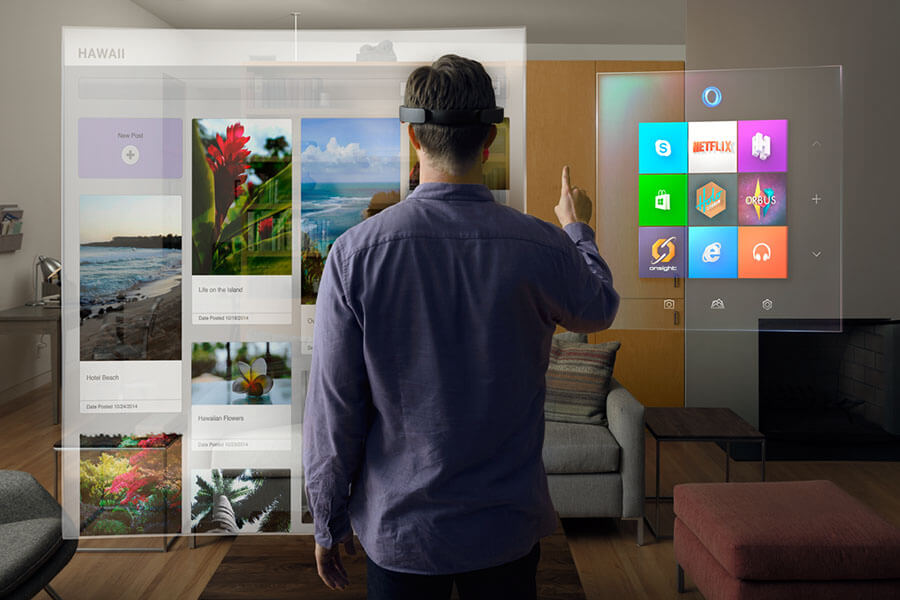
The Holo Studio was also announced a platform that allows you to create for the new Windows Holographic experience and the HoloLens device in a jiffy. The demonstration showed a quad-copter being imagined and created with Holo Studio, then 3D-printed as a physical object. Wired magazine sat down with Microsoft's CEO Satya Nadella, and featured the cool new products and services developed under his supervision long and hard, but what attracted our attention were the details about HoloLens.

Microsoft is apparently planning to roll the headgear to influential opinion-makers at first, the kind of folks that would give TED talks, for instance, and engage the ever-critical development community to take a long and hard look at what can be done with the holographic abilities of HoloLens, only then rolling them out to retail, so that your kid can play 3D Minecraft with their buddies. To know More about Microsoft HoloLens, Check out the Infographic below detailing its build and abilities, and also Microsoft's Official Promo video below.
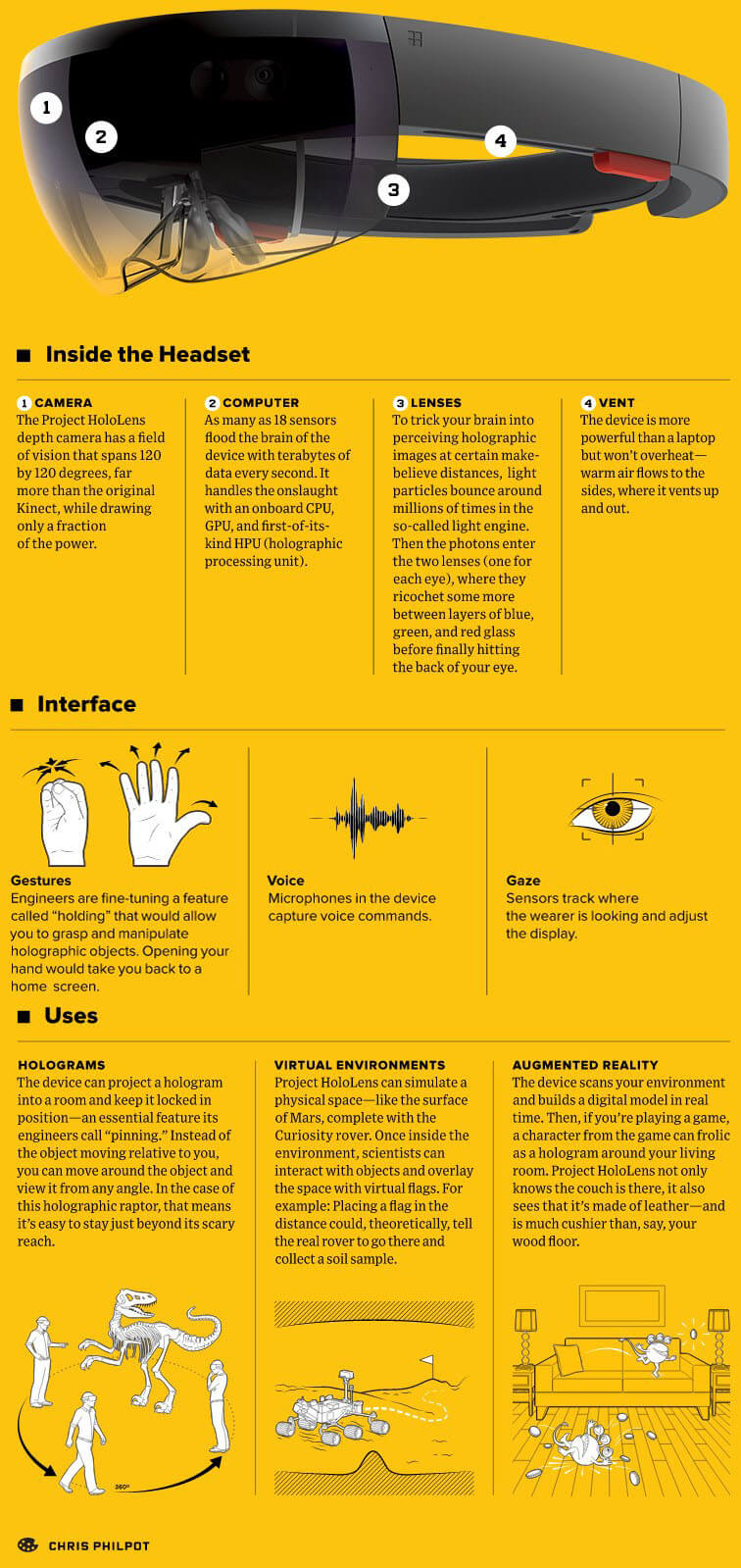

After 70 years of technological advancements have lead us to a point where pocket-sized devices now pack enough computing power to put to shame supercomputers of old. A recently published infographic by Experts Exchange shows some intriguing comparisons between supercomputers, consoles, smart watches and smartphones.
For example, the current top dog on the supercomputer front, the Chinese Tianhe-2 is capable of a staggering 33.86 PFLOPS (peta floating-point operations per second), which would take 18,400 Sony PlayStation 4s consoles to match.
The Samsung Galaxy S6, which at the moment is the smartphone with the highest raw performance, is more than five times as powerful as the PlayStation 2, which was released in 2000. More impressively though, the 138g phone's 34.8 GFLOPS are 2,900,000 times as much as the 12,000 FLOPS the IBM 704 room-sized supercomputer could produce back in 1954. Check the Infographic below (Click to Enlarge).

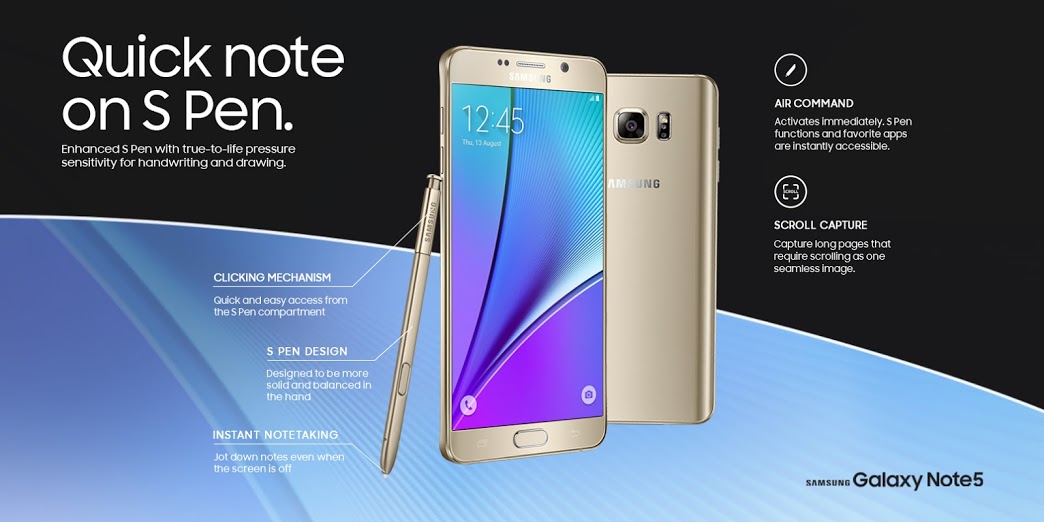
SamsungTomorrow published an Infographic that shows the New features and tools of its latest flagship Phablet, Galaxy Note5.
The Infographic shows you how to make a use of all the intuitive, efficient, and powerful tools of your Note5 to Empower your notes on the go. It also gives us a look at the new TouchWiz multi-tasker. Check the Infographic below.
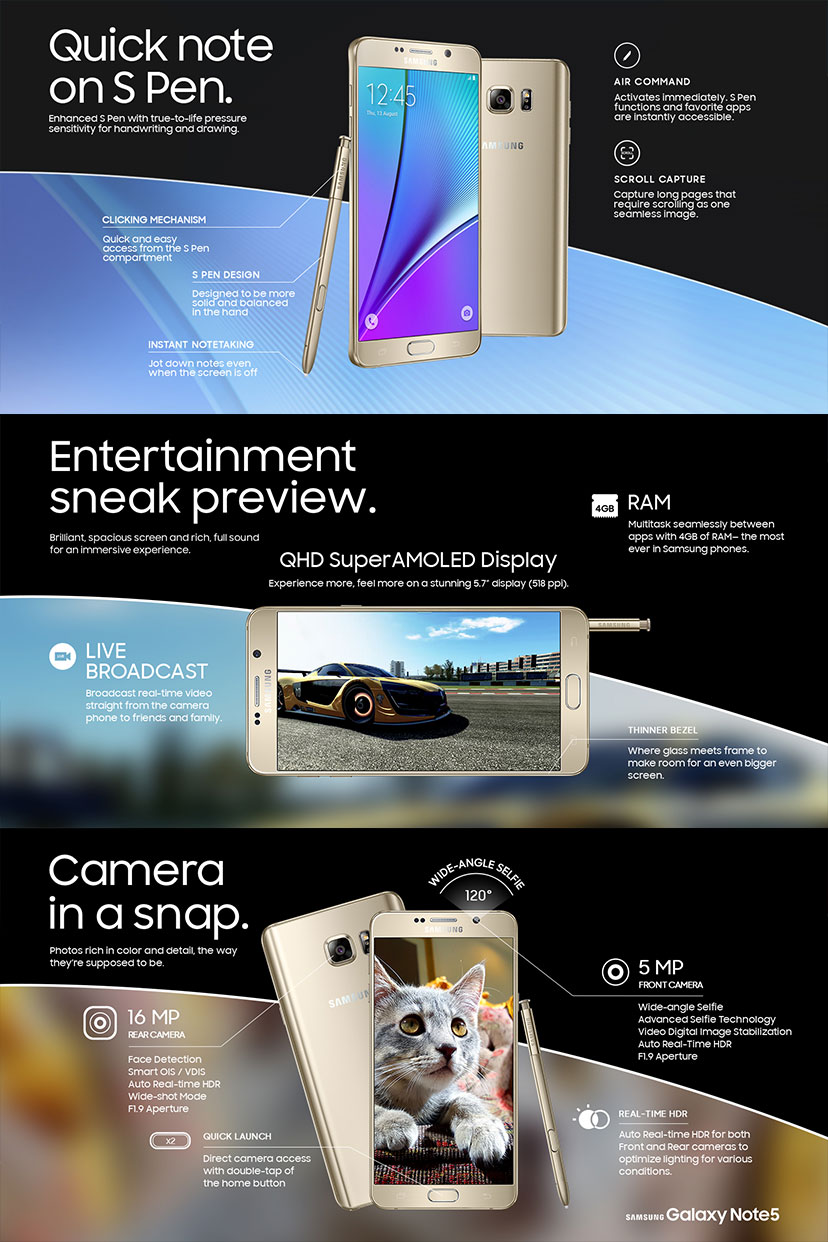

Samsung is very proud of its Galaxy Alpha, so that the company today released an Infographic which tries to convince the world that the Alpha sets "a new standard for smartphone design".
The infographic reminds us that the Galaxy Alpha comes with a diamond-cut metal frame that makes it durable, in addition to a smooth back that should provide a firm grip. The handset's five color versions aren't forgotten (Black, White, Silver, Gold, Blue), and neither are its main features: an octa-core Exynos processor, 12 MP rear camera, 4.7-inch Super AMOLED display with 720 x 1280 pixels, and Android 4.4 KitKat. Check out the Infographic below!

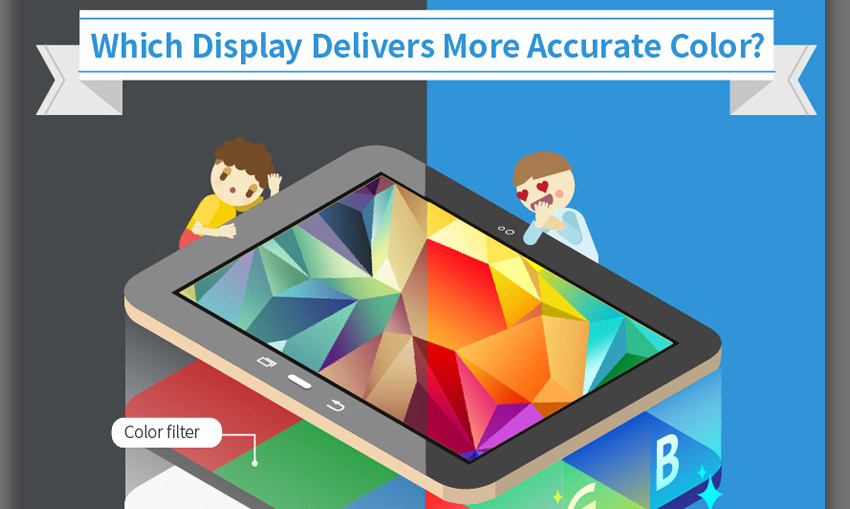
Samsung's been advocating the benefits of AMOLED displays for years, but it's doing it more frequently lately because it recently released its Galaxy Tab S 10.5 and Galaxy Tab S 8.4, the world's first high-res Super AMOLED tablets.
Without going into technical details, Samsung posted an infographic that shows why Super AMOLED screens are better than the LCD ones. Among the listed reasons you'll find a higher contrast ratio, wider viewing angles, and more accurate colors. Check the Infographic below.

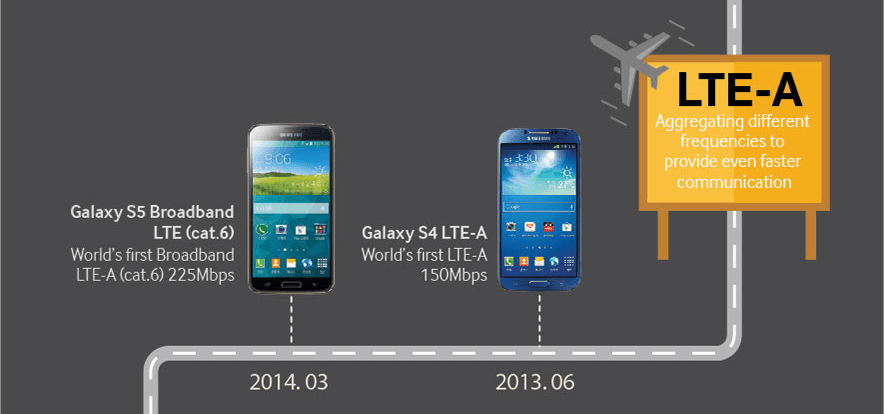
Today, Samsung released an Infographic that showcases the Evolution of communication technology starting from 1st Generation (1G) to the 4th Generation (4G LTE-A) smartphones.
The infographic first presents the Samsung SH-100, a bulky device that was launched way back in 1988 as Samsung's very first mobile phone. It then takes us through the mid 1990s (with the Samsung SCH-100, the world's first commercialized CDMA phone), and through the early 2000s (when the SCH-E100 was released as the world's first 3G, 1X EV-DO handset).
Not long after that, HSDPA became available at about the same time with the rise of smartphones. Next was LTE, however, the world's first LTE-capable handset wasn't a smartphone: it was the Samsung SCH-R900, a featurephone with a WVGA touchscreen display and a sliding QWERTY keyboard. The Galaxy S II, Galaxy S III, Galaxy S4 LTE-A, and the Galaxy S5 Broadband LTE are also mentioned.

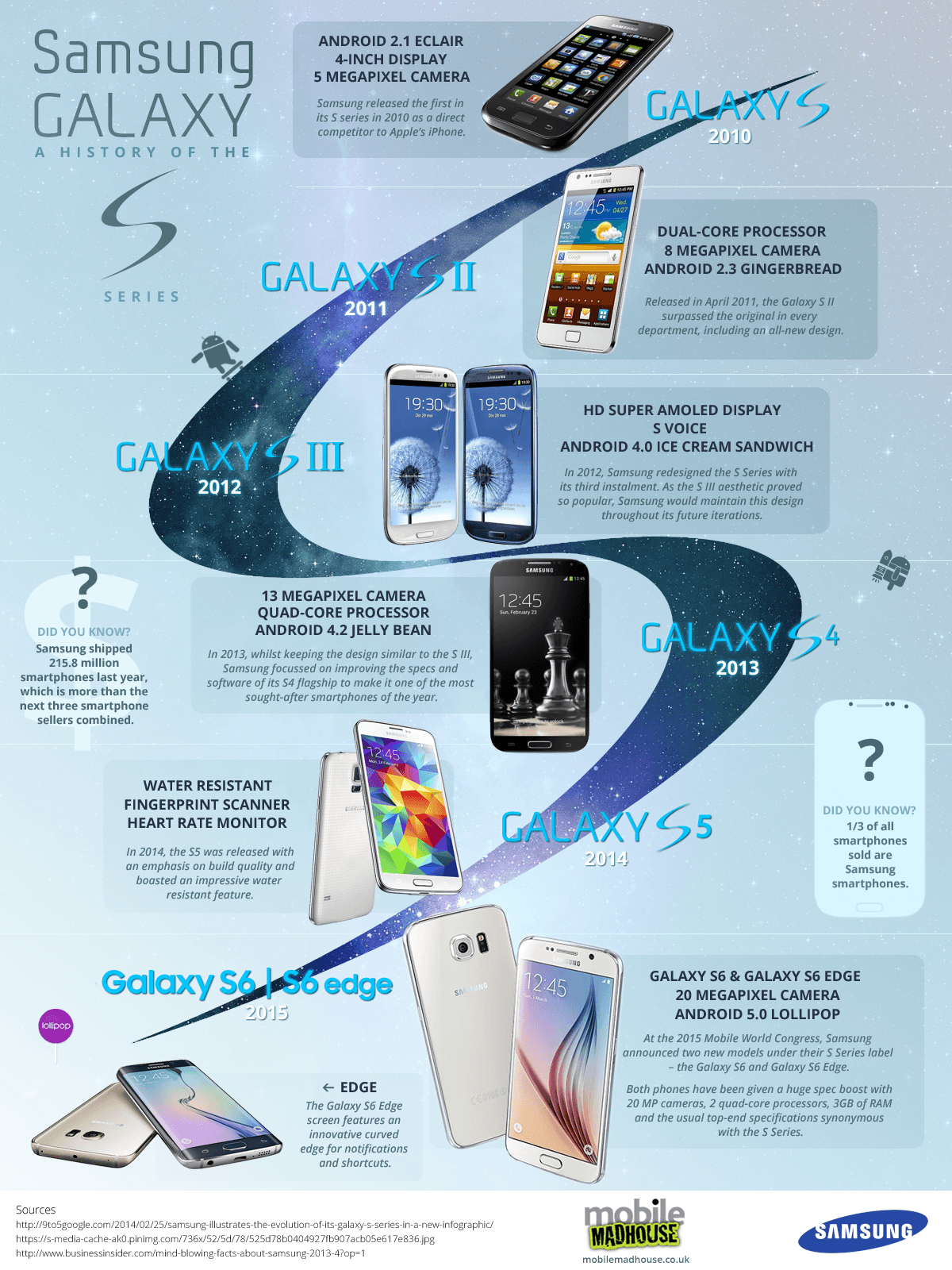
The Samsung Galaxy S line has started off with the Samsung Galaxy S release in 2010, Here we are in 2015 and We have the first Curved Galaxy S Smartphone.
Gathering all this in one Photo will give you a look at the Big picture of how Samsung came a long way with its technology on improving the line in the past 5 years.
The Infographic above shows how the Samsung Galaxy S line started with the OG phone sporting a 4 inch, Super AMOLED screen and powered by a 1GHz processor. The Samsung Galaxy S6 features a 5.1 inch Quad HD Super AMOLED display, powered by a homegrown Exynos 7 Octa chipset. Along the way, the rear-facing camera has gone from 5 MP to 16 MP with OIS tech, while the RAM amount went from 1 GB to 3 GB.
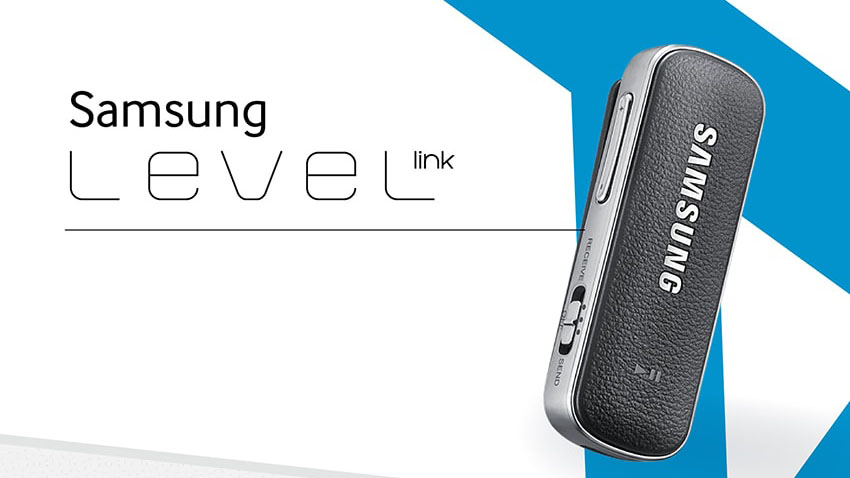
SamsungTomorrow has just published an Infographic that shows the ideas and uses of "Samsung Level Link" which is a small Bluetooth fob that can wireless audio stream to anything from headphones to cars.
The idea is pretty simple a switch tells the Level Link if it's transmitting or receiving, then you just have to plug in the old-fashioned 3.5mm audio jack.
When acting as a receiver, it lets you stream audio from sources that lack Bluetooth functionality your favorite corded headset or your car's stereo. The transmitter functionality has potential too you can watch TV with headphones but without cables. Check the Infographic below.

Mo Cheng
Editor-In-Chief
YouMobile
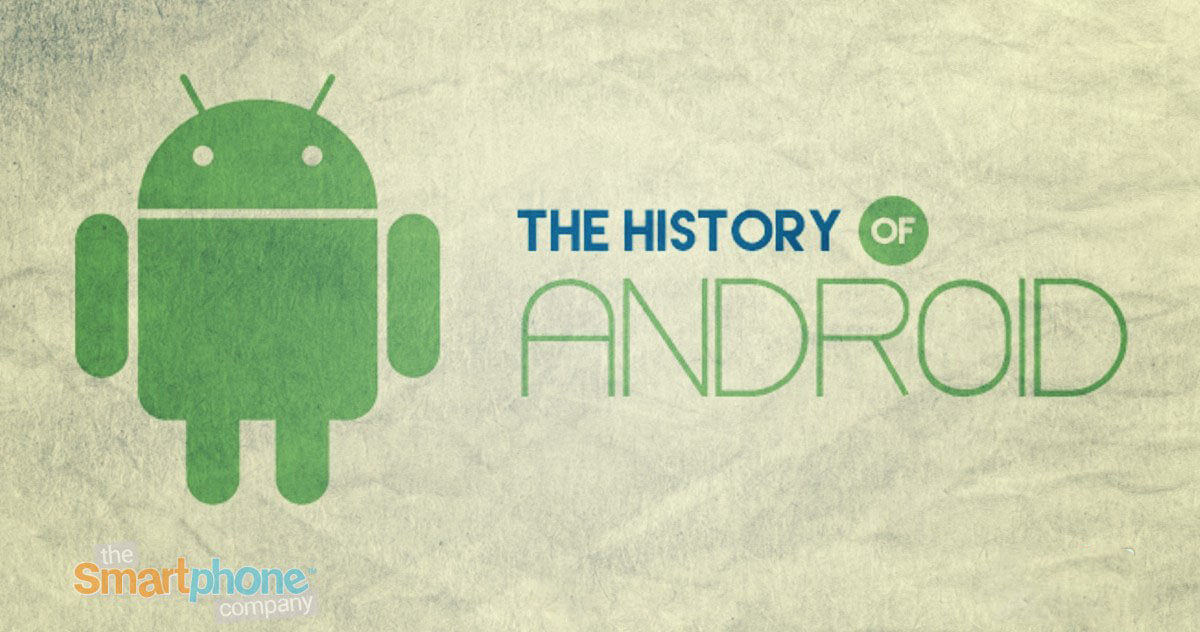
The World's most popular Mobile Operating Systems, Android. The whole thing started when Google acquired a tiny startup called Android Inc. in 2005. Originally, Android was made for digital cameras. Google paid $50 million and took Android to its HQ.
After whipping the OS into a market-ready shape for the HTC Dream (T-Mobile G1), which shipped in 2008 running Android 1.0, Google has been through 12 generations of the green bot already, each being nothing less than a milestone and mobile technology development driver.
Android's history makes for an engaging, but quite a lengthy read! The infographic stretches from Android's murky, Linux-derived 2008 beginnings all the way to the present greatness that is Android M. The most important additions in each versions, along with their representative flagship phones are highlighted and illustrated.

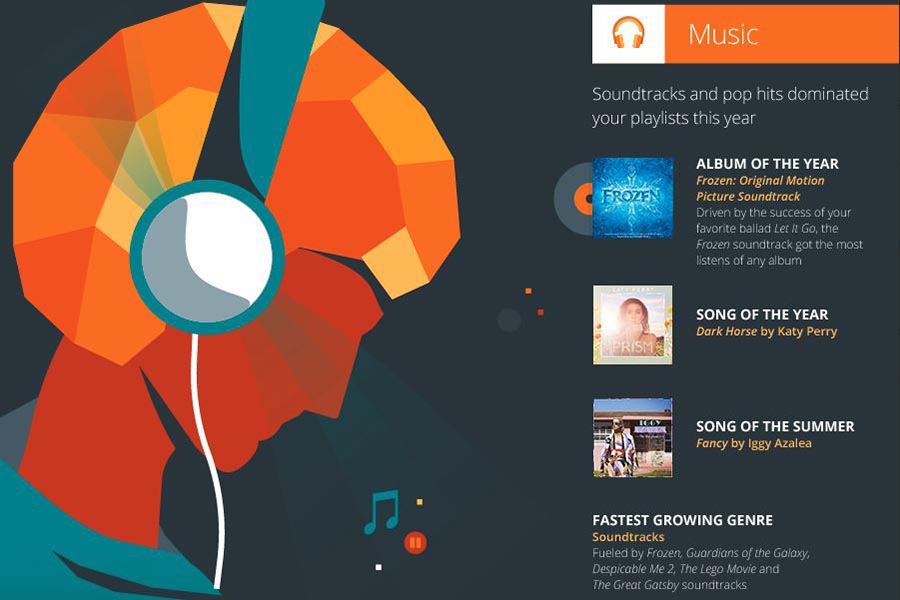
Google has released a trendy infographic that pegs the best in entertainment, as dropped by the stats in the Play Store. The best in apps, games, movies, TV series and books offered in the Android ecosystem has been listed for the world to see, and some of the top performers are pretty surprising.
Check Out the Full Infographic below!

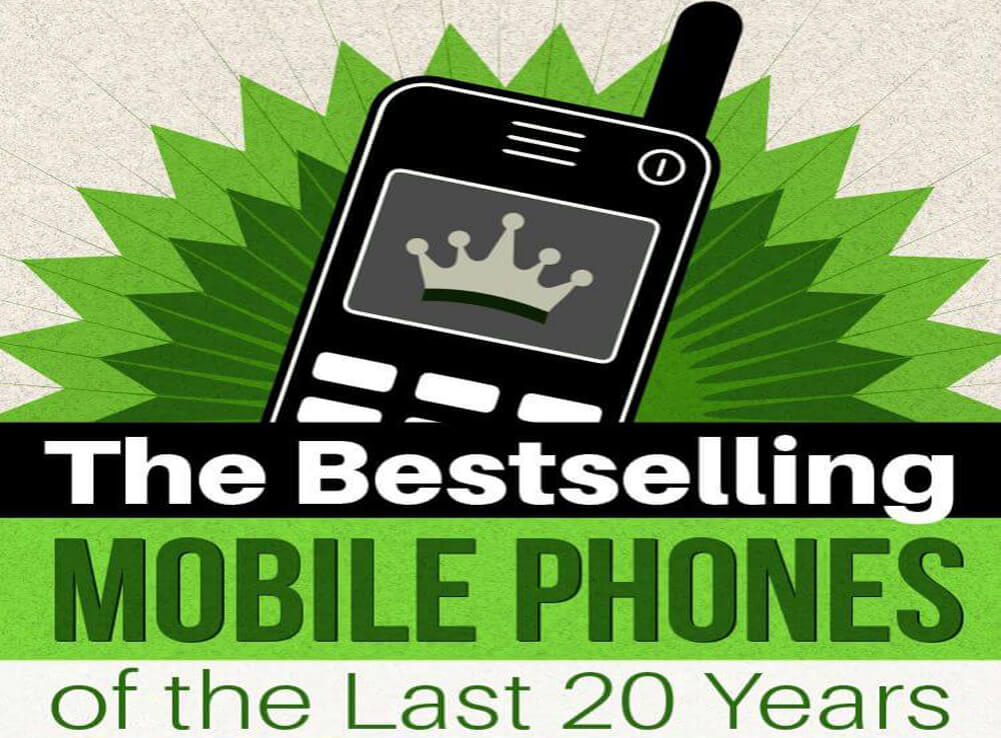
When most people think of mobile phones, Apple comes to mind, but did you know that the top selling phone of all time was actually the humble little Nokia? How did this phone we laugh at when we find it stuck in the junk drawer beat the stylish Apple iPhone in total unit sales?
Also, the Samsung Galaxy S4 breaks all records and scored 445 Million sold units in one year. Check the Bestselling Mobile Phones of the Last 20 Years Infographic below.

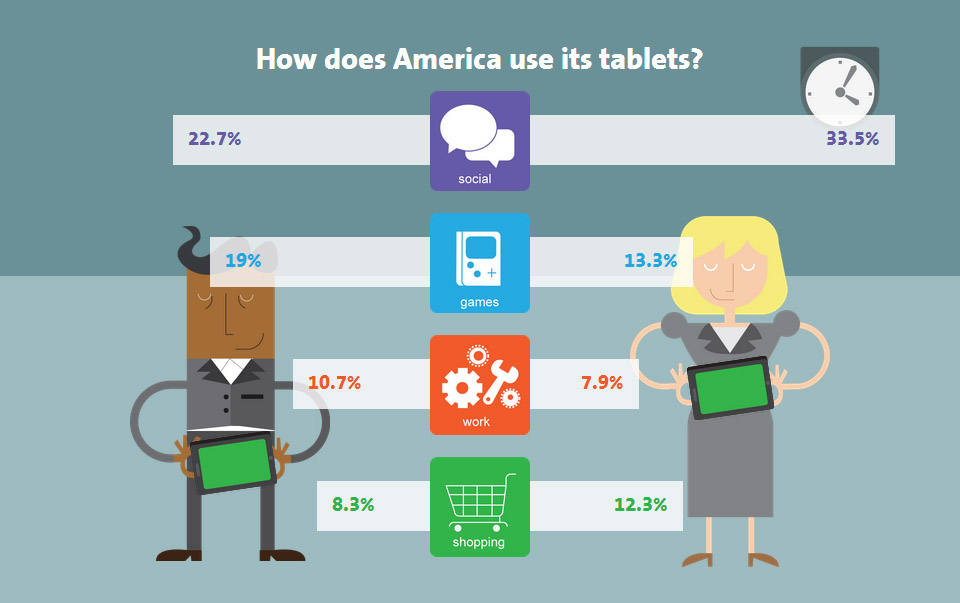
How long U.S. users use their tablets ? where they are using ? and when ? A New Infographic aims to answer those questions, and more. It's all about how people in the US are using their tablets, formatted as a timeline that starts in the morning.
As this isn't an image file per se, but more like an interactive Web page, we can't post it here in its entirety. So to view it make sure you head over to the Source link below.
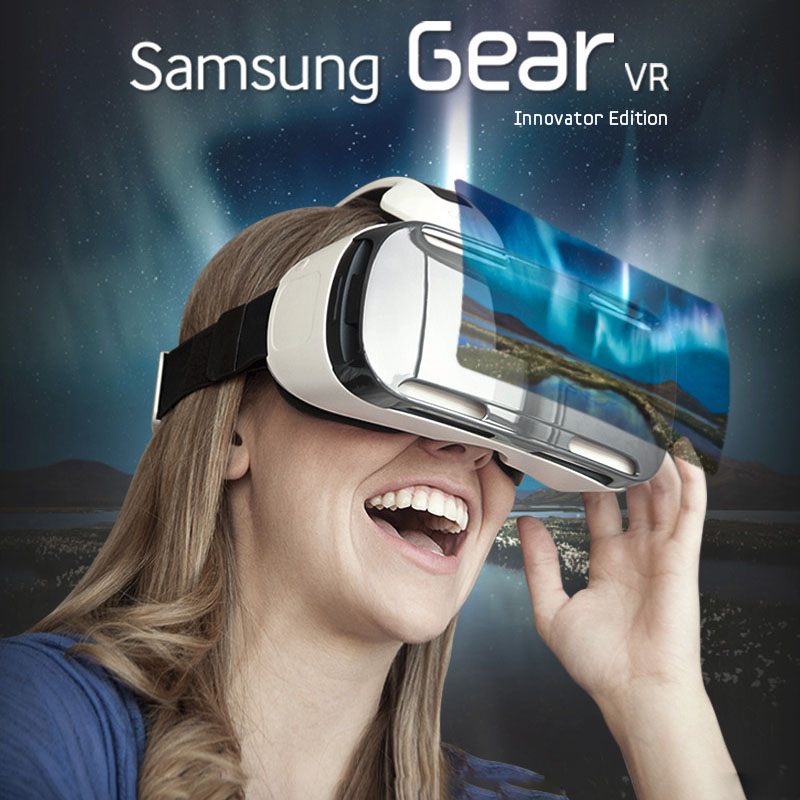
Samsung release a New Wearable device called the Samsung Gear VR, it's a Virtual Reality headset powered by Oculus, that gives you an incredible experience using your Galaxy Note 4 or Galaxy Note 4 Edge as the Gear VR is only compatible with these two devices.
The important thing to remember about the Samsung Gear VR is that Oculus played a major role in its creation, and this is made obvious by the "Powered by Oculus" marking on the side of the Samsung gadget. Where the two differ, however, is that the Gear VR will require an Android device to work (a Note 4), and that's important because the electronics giant will have to spur enough developer interest to jump-start the category on Android.
Whether Samsung is to be met with success in that regard remains to be seen, so, for the time being, the company is mostly focused on explaining what the Gear VR actually is, and what it's made of. To that end, Samsung has published an infographic on its corporate blog that gives you the basics of the Gear VR in an understandable and easy-to-digest format. Check it out below!

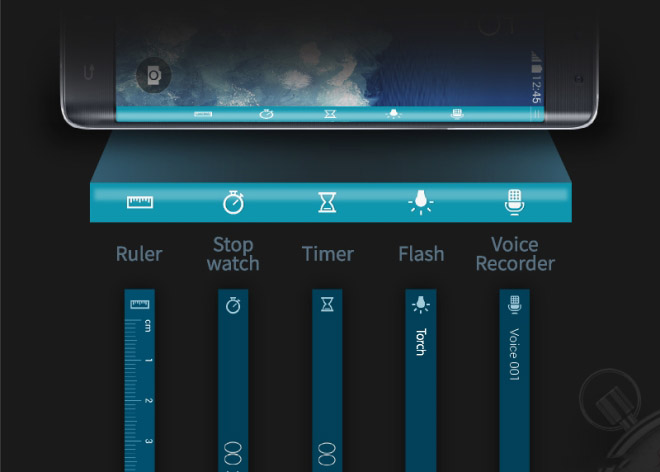
Samsung released the Galaxy Note Edge with a rounded curved screen which is the key feature of this Smartphone. Samsung Tomorrow released an Infographic that shows a 5 very important features of this edge screen. To know them, check out the photo below!

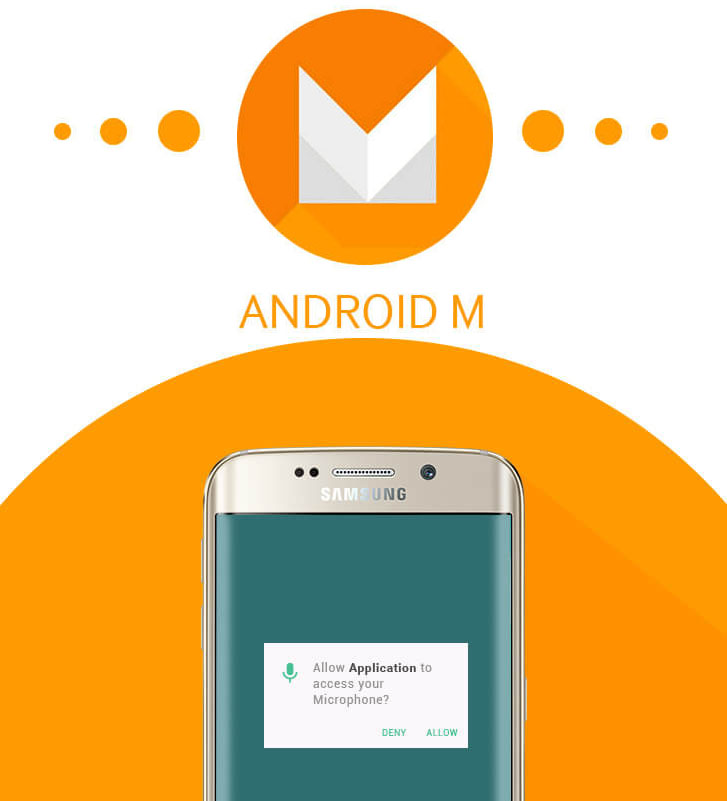
We announced before that samsung is preparing its official Android M for many of its latest flagships, even though the company hasn't clearly unveiled its plans for the update.
Now, Samsung has officially posted an Infographic that shows What's New in Android M ? and what features will be included on its Upcoming Android M update for its latest flagships. The Infographic is featuring the Galaxy S6 edge in the screenshots but we have the full list of Samsung Galaxy devices that will get Android M update.
The Infographic is showing how Samsung will make use of all the security changes and new features of the Android M to fit with TouchWiz but we can expect a New TouchWiz UI with even more Material Design and Integration. There is no word when the Korean will start rolling-out the update as Google hasn't released the final version yet. Check the Infographic below.

List of Confirmed Samsung devices to get Android M update
© 2023 YouMobile Inc. All rights reserved
